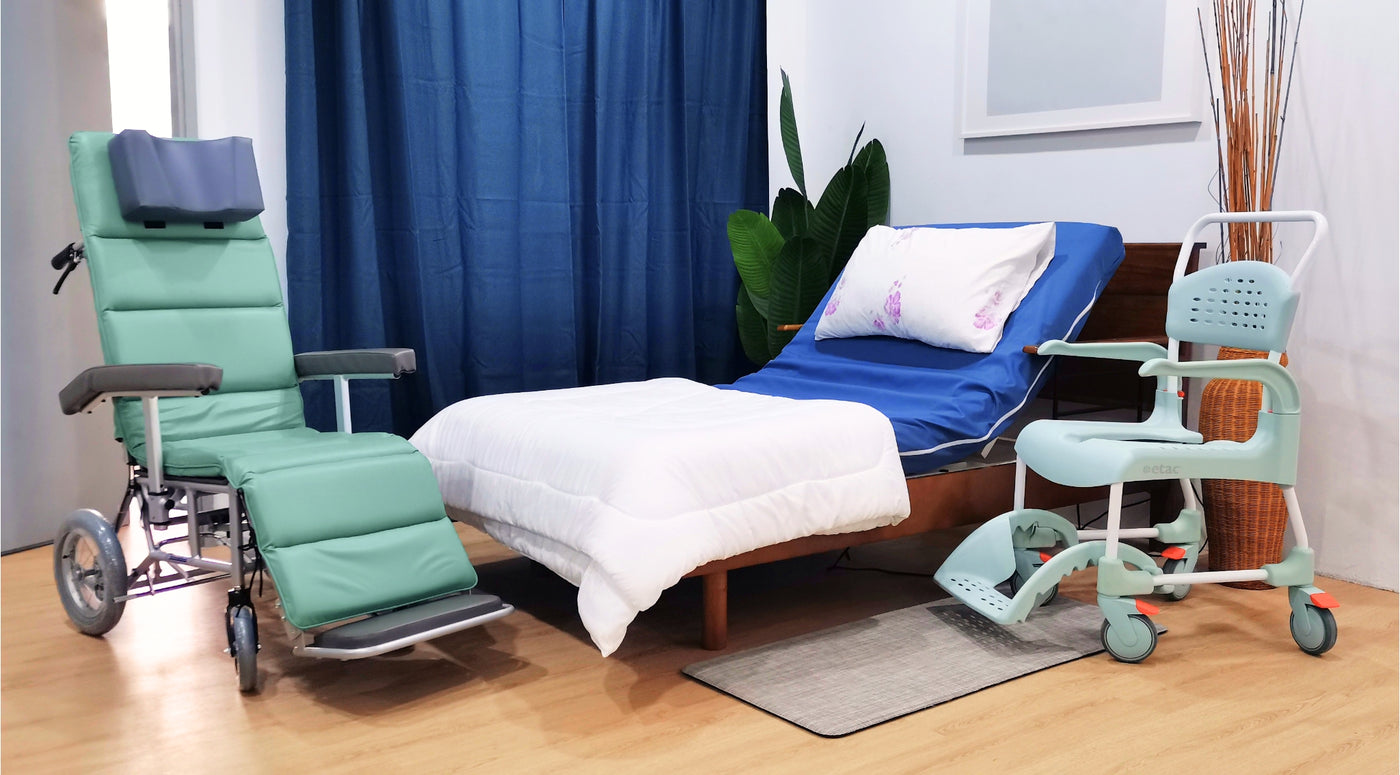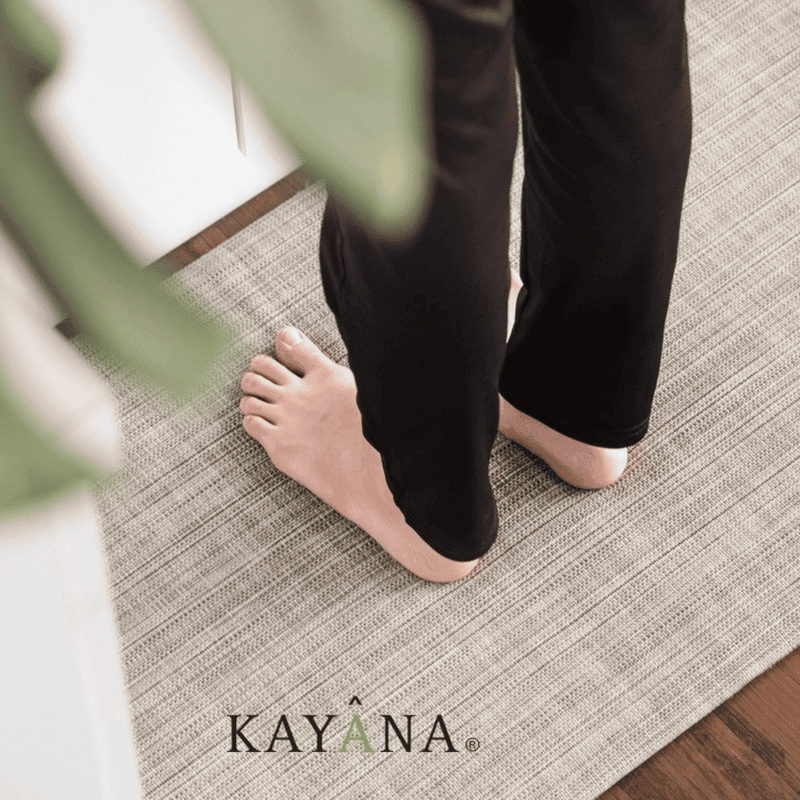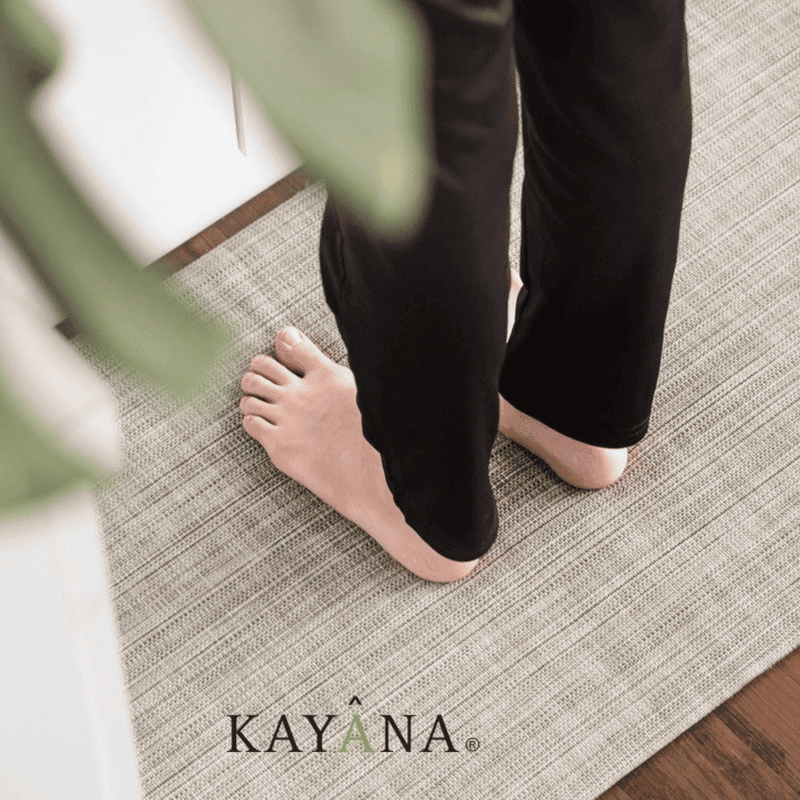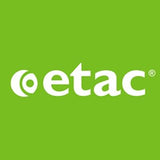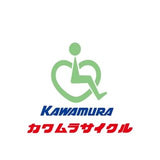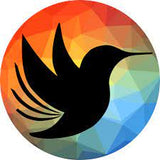Patient Reposition Belt Anti-Bedsore Solution Green EZ-950 | EZ-GO
A handy tool for caregivers to turn the patient to the side and hold the position.
PRODUCT DESCRIPTION
Anti-Bedsore solution - the Patient Reposition Belt for anyone who is in bedridden condition; by using the belt, the caregivers can:
1. Assist in turning the patient in bed and holding in position.
2. giving caregivers free hands to tap the patient's back/feet for better blood circulation
Turning patients over in bed. Changing a patient's position in bed every 2 hours helps keep blood flowing. This helps the skin stay healthy and prevents bedsores. Turning a patient is a good time to check the skin for redness and sores. You can consider using this repositioning belt to turn the patient in bed and hold in position.
Freeing up caregiver’s hands to clean up patients, place reposition cushions or make the bed.
Helping the patient to sit up in bed.
Lightweight and easy to carry around.
CLEAN INSTRUCTION
- Machine washing using a laundry bag
- DO NOT sterile patient transfer slide at high temperature.
PACKAGING
- Size 162 x 37cm
- Weight:100g
- Max Load:150kg
- Material: Fabric: 100% nylon
WARRANTY INFORMATION & CLAIM
6-month warranty on manufacturing defects.
Product of Taiwan.
DELIVERY
Within West Malaysia- Free delivery.
East Malaysia/International Delivery - Refer to the courier fee upon checkout.
Why need a patient transfer tool?
Patient-handling tasks are recognized as the primary cause of musculoskeletal disorders in the nursing workforce. Low Back Pain (LBP) is a regular occupational problem for nurses worldwide.
Patient‐handling tasks are typically performed manually and often repetitively and include such movements as lifting, transferring and repositioning patients.
The US Bureau of Labor Statistics shows that nursing personnel are among the highest at risk for MSDs (musculoskeletal disorders)
Patient‐handling tasks most frequently associated with low back pain include lifting and forced, sudden or strained movements (such as those involved in patient fall interventions).
Continuous or repeated performance of these activities throughout one’s working lifetime greatly increases the chances of developing MSDs.
Research regarding the impact of musculoskeletal injuries on nurses has shown the following:
- 52% complain of chronic back pain
- 12% of nurses report that they have left nursing “for good” because of back pain
- 20% of RNs transferred to a different unit, position or employment because of lower back pain
- 38% of RNs have suffered occupational‐related back pain severe enough to require taking leave from work
- 6%, 8% and 11% of RNs reported changing jobs for neck, shoulder and back problems, respectively.

Features and Benefits
Product Specifications
Certification
Warranty
Shipping & Installation






























